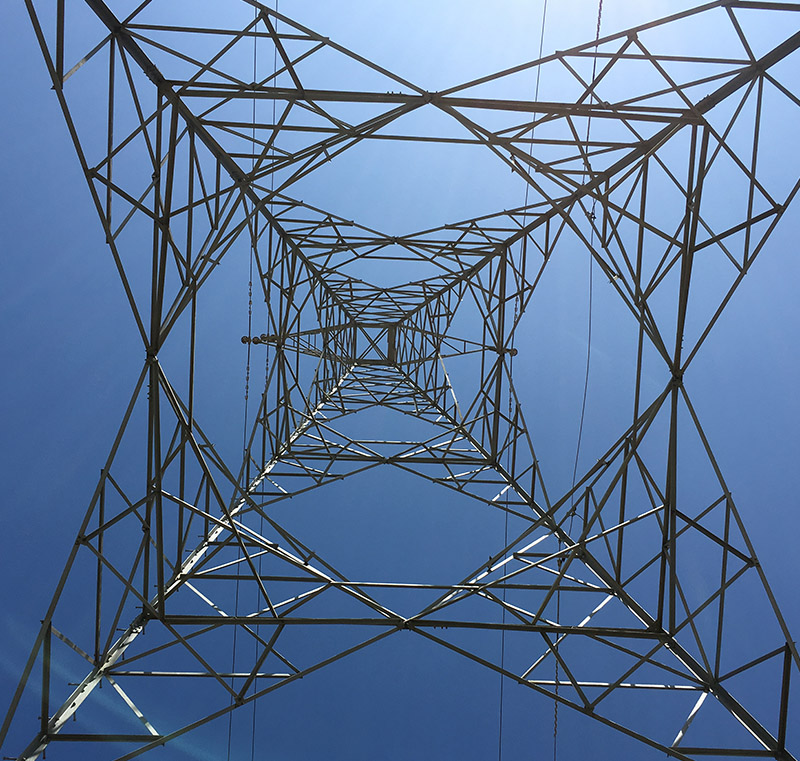By: Kendall Smith, Induron Power Market Manager
 The landscape of electricity generation has been changing for decades. Currently, the mix of power plant types and fuels used in the United States include natural gas (simple cycle and combined cycle), nuclear, coal, petroleum, renewables (wind, hydro, solar, geothermal) and more.
The landscape of electricity generation has been changing for decades. Currently, the mix of power plant types and fuels used in the United States include natural gas (simple cycle and combined cycle), nuclear, coal, petroleum, renewables (wind, hydro, solar, geothermal) and more.
Believe it or not, nearly 20 percent of the world’s steel production supports replacing steel structures and equipment that has been damaged by corrosion. Despite the higher initial costs, implementing proper corrosion control methods in power plants will save millions of dollars and minimize downtime in the long run by eliminating the need to replace steel structures.
From a corrosion control perspective, companies like Induron Protective Coatings will create and manufacture dozens of different coatings for utilities with a mix of power plant types and corrosion challenges.
Almost every type of power plant will encounter some unique corrosion challenges. For example, pumped storage units may have penstocks with specific protection requirements inside and out. Coal-fired power plants tend to be the most challenging because they have the most unique multiple micro-environments with specialized corrosion challenges. Some hydro power plants will have tainter gates that require a combination of nearly constant water immersion, abrasion from floating debris, and excellent weathering properties (gloss, color, erosion). Solar power is often located in the most intense ultraviolet exposure, which can caulk and erode coatings prematurely. Oil burning power plants are quickly vanishing, as are coal-fired plants; however, many are still operating and need regular coatings applications in the “mission-critical” areas, such as the circulating-water system, tube sheets, water boxes, etc.
Within the gates of all of these types of power generation facilities, you might have industrial waste water, tank linings, floor coatings, secondary containments, chemical exposures, open structures exposed to whatever weather presents itself, FGD linings, coal handling equipment, coal unloading structures (Dravos), massive amounts of structural steel and equipment, as well as T&D structures just outside the walls. Solar power is often located in the most intense ultraviolet exposures; a variable that can caulk and erode coatings prematurely. Oil burning power plants are quickly vanishing, as are coal-fired plants; however, many are still operating and need regular coatings applications in the “mission-critical” areas, such as the circulating-water system, tube sheets, water boxes, etc.
As we move into the future, there is no doubt that the generation mix will vary from region to region. Some parts of the world are already facing serious challenges on the generation side. For instance, Texas’s energy system recently faced widespread power plant failures in the wake of record-cold winter temperatures. If an area has only one type of generation, and no “safety cushion” or backup power, the transition to all renewables could be very rough.
All in all, having a good mix of power plant types with different fuel sources may be the best bet, and Induron is here to help you protect it – no matter how challenging the situation. Contact us today for Extreme Asset Protection.




